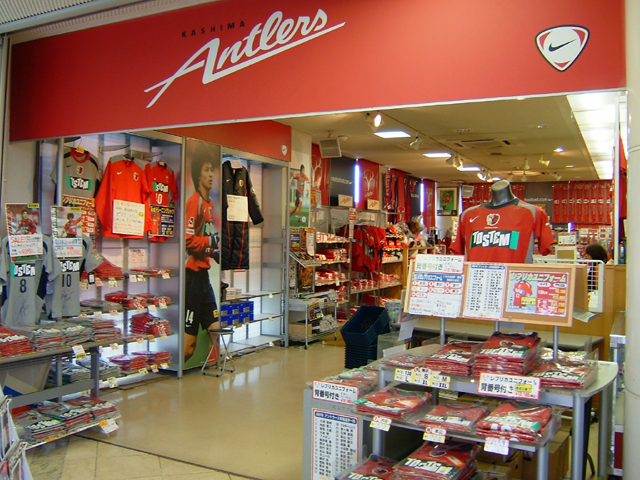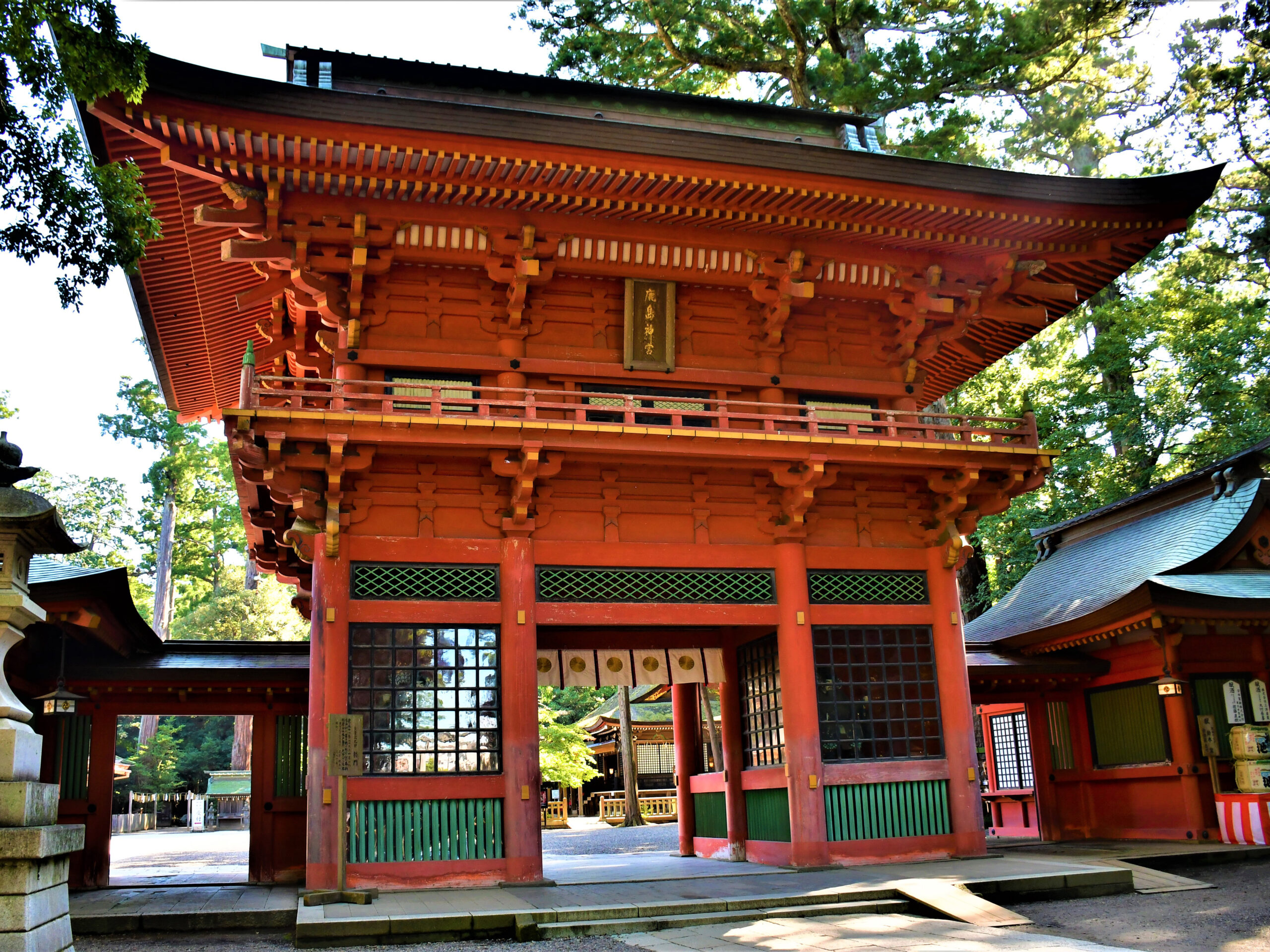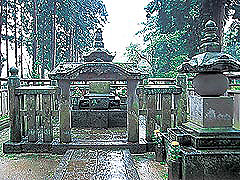
Marusan long-established shrine station
A long-established confectionery store founded in Bunsei 5 (1822). The Emperor's Emperor's Confectionary Confectionary Confectionary "Jōriku Fūdo", which is made by plump and cooked with a selection of selected Hokkaido minami red beans, made with thick and soft rice cakes, 292 yen per piece, matcha bean paste, grain paste, the three-color "Kashima Tataka" with eight pieces of 864 yen using white paste is popular. There are also many other popular confections on TV and magazines, such as "Genso Hamaguri", the only prize winner from a confectionery shop in the Ibaraki Souvenirs Competition, and "Kyokudafuku Series", which uses materials from Ibaraki Prefecture's four seasons.







